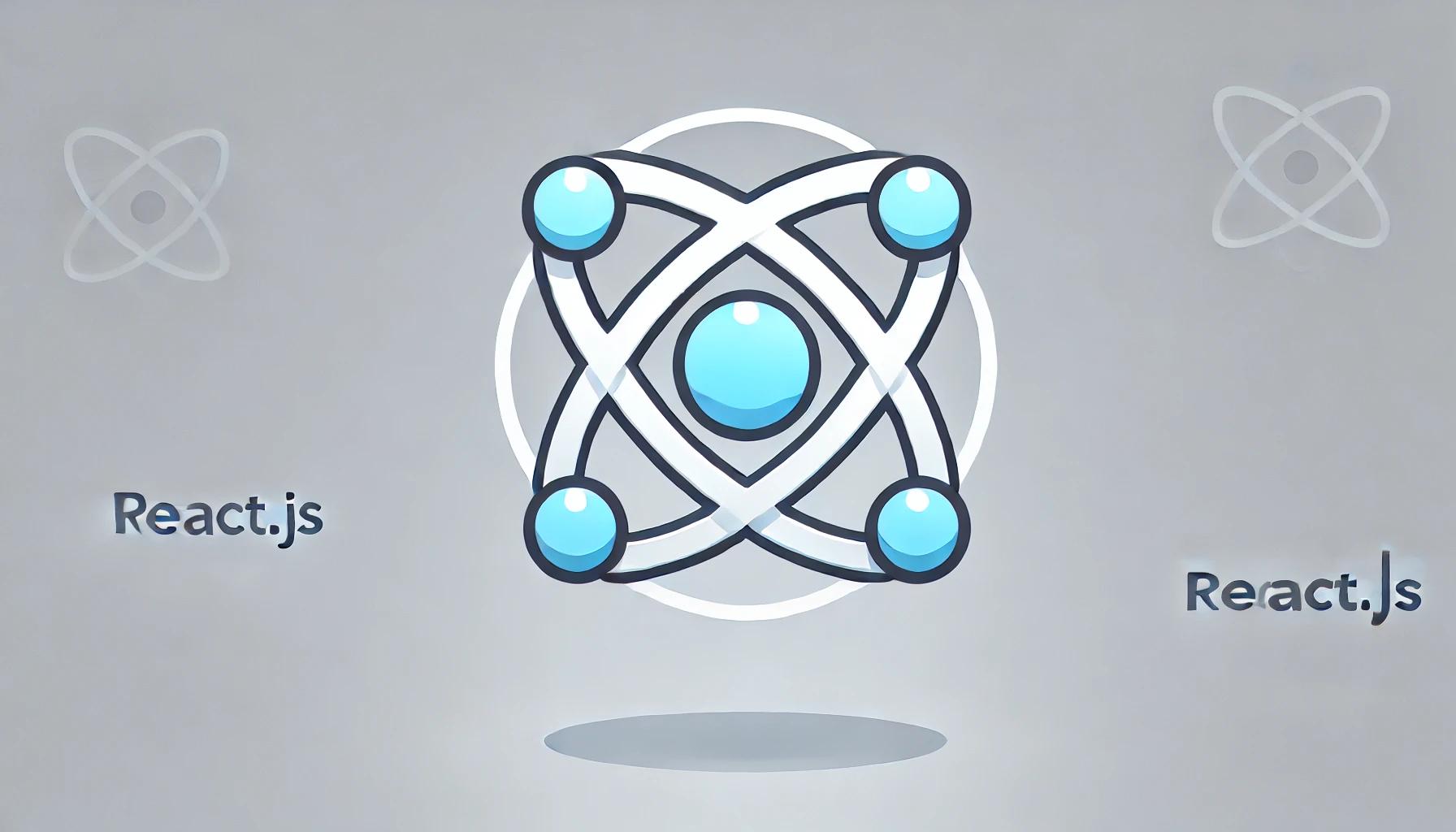Top cross-platform app development frameworks in 2024

Nov 26, 2024
As a mobile developer with years of experience, I've witnessed the incredible evolution of cross-platform development. In this guide, I’ll share insights on the most popular frameworks that empower developers to create mobile apps for multiple platforms using a single codebase.
Flutter: Google's Rising Star
Flutter has been making waves since its release in 2017, and for good reason. Built by Google, this framework has become a favorite among developers for its impressive hot reload feature – seeing your changes instantly without recompiling is a game-changer!
Flutter’s use of Dart as its programming language might seem like a hurdle at first, but it’s intuitive for those familiar with object-oriented programming. The widget-based approach to UI development, combined with Google’s Material Design support, makes creating beautiful apps straightforward.
Major players like eBay, Alibaba, and Google Pay have built their apps with Flutter. Its custom rendering engine ensures apps feel truly native, solidifying its position as a leader in the developer community.
React Native: The Facebook-Backed Veteran
Having been around since 2015, React Native has established itself as a reliable choice for cross-platform development. Its use of JavaScript makes it particularly appealing to developers transitioning from web development to mobile.
React Native’s "learn once, write anywhere" philosophy enables the creation of platform-specific designs while sharing most of the codebase. Features like Fast Refresh and Flipper integration streamline the development workflow.
React Native powers apps for companies like Microsoft, Meta, and others, proving its capability for handling large-scale projects.
Kotlin Multiplatform: The New Kid on the Block
Kotlin Multiplatform (KMP) is quickly gaining traction as a flexible cross-platform solution. It allows developers to share as much or as little code as they want, while still writing native code where necessary.
With JetBrains promoting it to Stable in November 2023, major brands like Netflix and McDonald’s have adopted KMP, showcasing its potential. For developers familiar with Kotlin, KMP is a natural evolution for modern development.
Ionic: The Web Developer's Friend
Ionic has been a staple since 2013, particularly for developers coming from a web background. Its use of familiar technologies like HTML, CSS, and JavaScript makes it an easy transition for web developers.
With a comprehensive UI toolkit and access to native device features through Cordova and Capacitor plugins, Ionic has proven its worth in large-scale applications like those by T-Mobile and BBC.
.NET MAUI: Microsoft's Cross-Platform Solution
Launched in 2022, .NET MAUI is Microsoft’s evolution of Xamarin.Forms. It offers a streamlined development experience with a single project system for targeting multiple platforms.
Early adopters like NBC Sports Next have shown promising results, and developers comfortable with C# and XAML will feel right at home with .NET MAUI.
NativeScript: The JavaScript Native Bridge
NativeScript takes a unique approach to cross-platform development by providing direct access to native APIs using JavaScript or TypeScript. This eliminates the need for WebViews, ensuring a more native experience.
While it doesn’t have the same adoption as Flutter or React Native, it remains a solid choice for startups and smaller projects.
Final Thoughts
The cross-platform development landscape has never been more exciting. Each framework offers unique strengths, and your choice should depend on your team’s expertise, project needs, and specific use cases. Flutter and React Native are leading the way, but Kotlin Multiplatform is catching up fast. Ionic, .NET MAUI, and NativeScript provide compelling alternatives for niche requirements.
Ultimately, the best framework is the one that helps you deliver value to your users efficiently.
Similar Articles
View all
Discover 100+ ChatGPT prompt ideas organized by category — from fun and creativity to career, marketing, education, wellness, travel, and coding. Perfect for inspiration, productivity, or content creation.
Unlock your creativity with a rich collection of ChatGPT prompt ideas! Whether you're writing, coding, learning, or just having fun, this guide offers fresh inspiration to help you make the most of AI conversations.

React State Management Tools: Comprehensive Comparison and Guide Which is better ?
A comparison of popular state management libraries including Redux, MobX, Recoil, Zustand, and Jotai. Learn about their pros, cons, and best use cases for choosing the right solution for your application.

The Must-Know popular JavaScript Frameworks of 2024: A Developer's Friendly article
ive into the exciting world of JavaScript frameworks! Whether you're a coding newbie or a seasoned dev looking to level up, this guide breaks down 2024's hottest frameworks in plain English. From React's powerful ecosystem to Svelte's revolutionary approach, discover which framework fits your coding style and project needs.